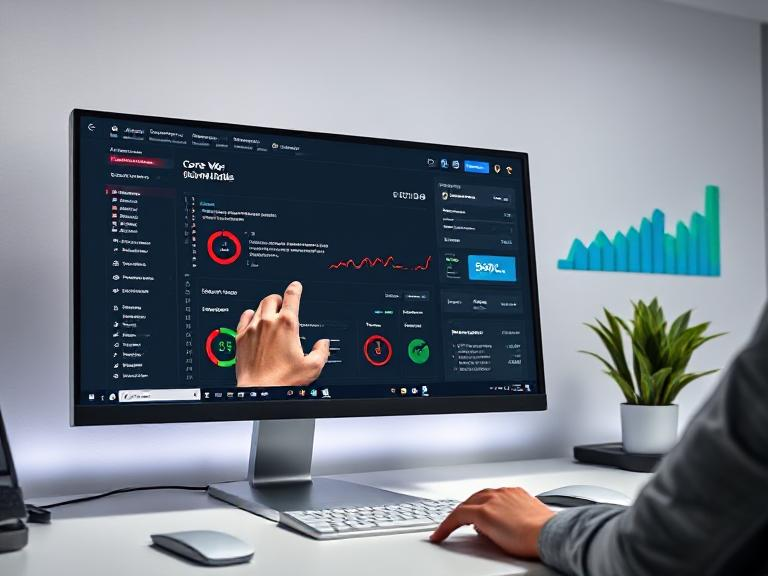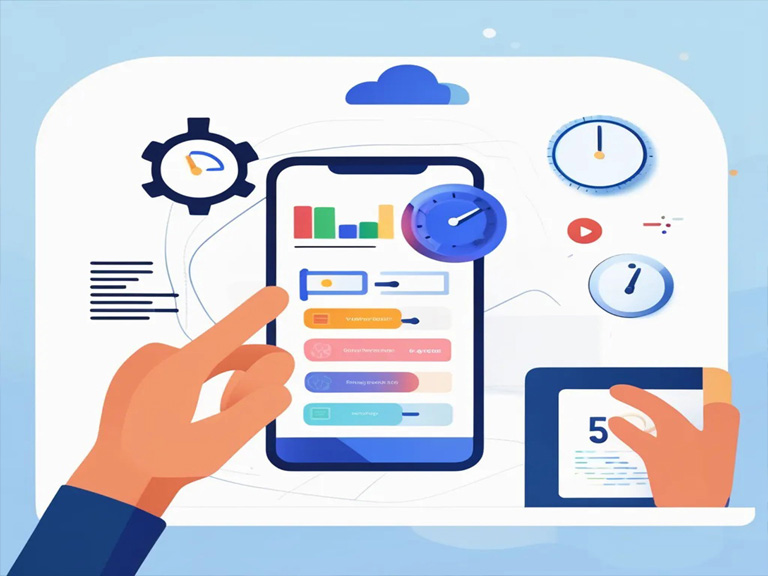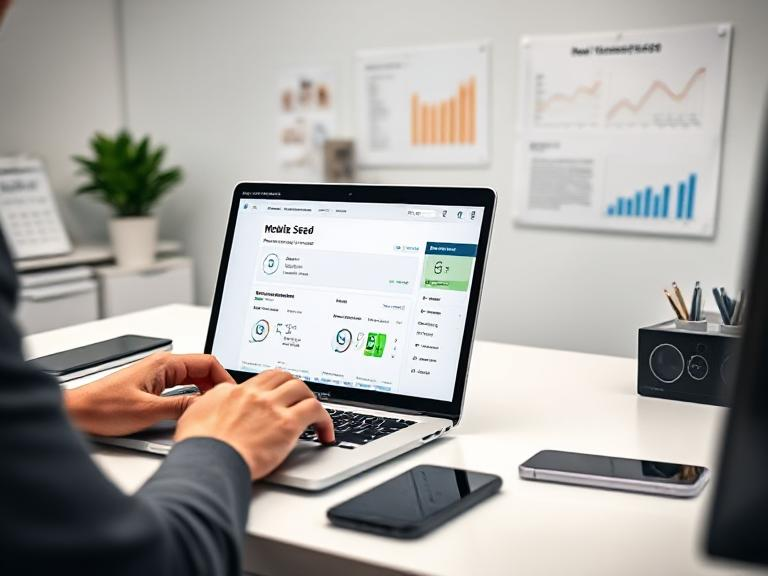SEO keeps changing, and staying updated is important. One big change is Google’s Core Web Vitals. These measure how users experience a website, focusing on speed, interaction, and layout stability. Since Google values user experience, these vitals now impact search rankings.
This guide explains the three main Core Web Vitals—Largest Contentful Paint (LCP), First Input Delay (FID), and Cumulative Layout Shift (CLS). You’ll also find easy tips to improve them for better rankings.
What Are Core Web Vitals?
Core Web Vitals are Google’s way of measuring how good a website’s user experience is. These include:
- Loading Speed (LCP): How fast the main content appears.
- Interactivity (FID): How quickly a page responds when a user interacts.
- Layout Stability (CLS): How steady a page is while loading.
These work with other Google factors like mobile-friendliness, security, and safe browsing to create a smooth experience.
Why Core Web Vitals Matter for SEO
Google wants users to have a great experience, so it ranks sites that load fast, respond quickly, and don’t shift unexpectedly. Here’s why they’re important:
- They Affect Rankings: Google uses these to rank websites.
- They Improve Experience: Faster, smoother sites keep visitors happy.
- They Help With Mobile Search: Since most users browse on mobile, speed and stability matter.
- They Give You an Edge: A better-performing site beats the competition.
Now, let’s break down each metric and how to improve it.
1. Largest Contentful Paint (LCP)
What Is LCP?
LCP checks how long the biggest part of a webpage (like an image or block of text) takes to load. Faster LCP means users see content quicker.
Google recommends an LCP under 2.5 seconds.
How LCP Affects SEO
A slow LCP makes users leave. If people bounce off your site, Google lowers your ranking.
How to Improve LCP
- Speed Up Your Server: Use fast hosting, enable caching, and use a CDN.
- Optimize Images: Resize and compress images for quicker loading.
- Lazy Load Off-Screen Images: Only load images when users scroll to them.
- Minify Code: Remove unnecessary CSS and JavaScript to speed up loading.
- Preload Key Elements: Use
<link rel="preload">to load important resources first.
2. First Input Delay (FID)
What Is FID?
FID measures how quickly a page responds to a user action, like clicking a button.
Google recommends an FID under 100 milliseconds.
How FID Affects SEO
A slow FID makes a website feel unresponsive. People get frustrated and leave, which hurts rankings.
How to Improve FID
- Reduce JavaScript Load: Too much JavaScript slows things down.
- Use Web Workers: Run background tasks to keep pages responsive.
- Limit Third-Party Scripts: Fewer ads and tracking codes improve speed.
- Split Code: Load only the JavaScript needed for the first screen.
3. Cumulative Layout Shift (CLS)
What Is CLS?
CLS checks if page elements move around unexpectedly while loading. Shifting layouts can cause users to click the wrong thing.
Google recommends a CLS score under 0.1.
How CLS Affects SEO
A shifting layout makes websites hard to use. Poor experience leads to fewer visitors and lower rankings.
How to Improve CLS
- Set Image and Video Sizes: Define width and height to keep elements stable.
- Avoid Dynamic Ads or Content Jumps: Reserve space for ads and late-loading content.
- Use Font Display Swap: Load fonts in a way that prevents layout shifts.
- Preload Fonts and Resources: Ensure text and images load smoothly.
Tools to Measure Core Web Vitals
Use these tools to check your site’s Core Web Vitals:
- Google PageSpeed Insights: Gives detailed performance reports.
- Lighthouse: Audits speed, accessibility, and more.
- Google Search Console: Shows Core Web Vitals data for your site.
- Web Vitals Chrome Extension: Measures vitals in real-time.
Best Practices for Better Core Web Vitals
- Focus on Mobile: Ensure your site works well on phones.
- Monitor Regularly: Use analytics tools to track performance.
- Test on Different Devices: Check performance on various browsers and screens.
- Stay Updated: Follow Google’s latest SEO and performance updates.
Conclusion
Core Web Vitals shape how users experience a website. By improving LCP, FID, and CLS, you’ll make your site faster, smoother, and more stable. This not only boosts rankings but also keeps visitors happy.
SEO is a long game, and Core Web Vitals are here to stay. Start improving them today to stay ahead in search results!



